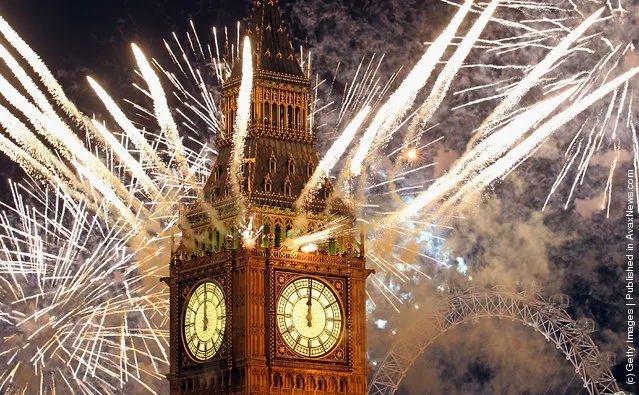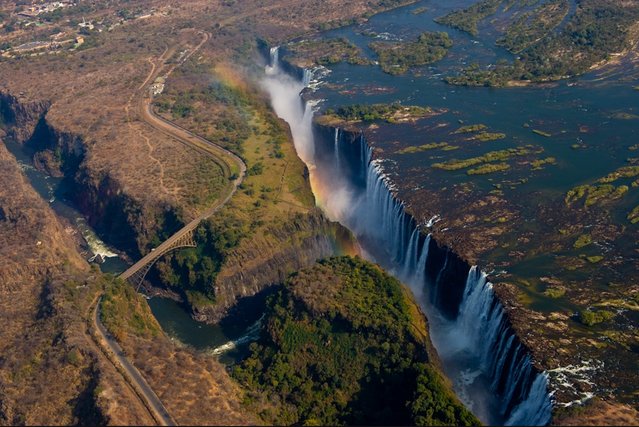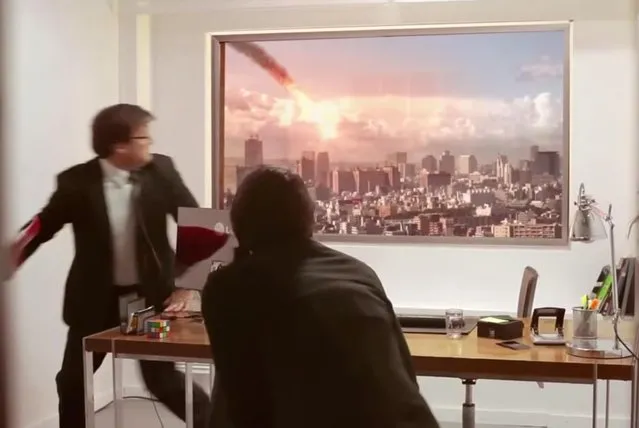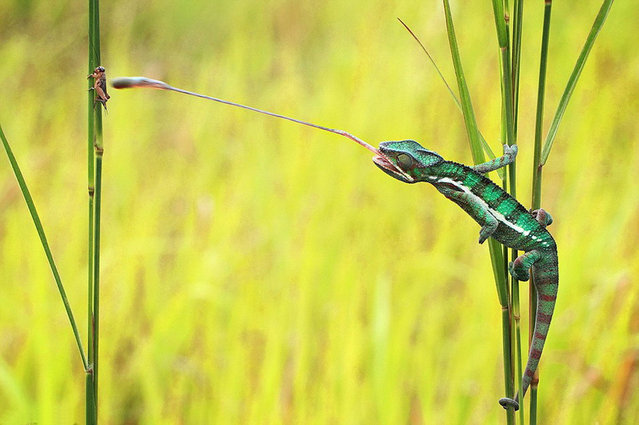
Girl in newari attire makes a funny face to her friend as she performs a Mass Bel Bibaha (marriage) ceremony in Bhaktapur, Bagmati, Nepal on December 7, 2021. The two-day ceremony, usually held several times a year, sees pre-adolescent “marry” the Hindu deity, Vishnu, symbolised by the local “bael” (wood apple) fruit. Normally Newar girls marry thrice time in there life as first marriage with Bael fruit, second with sun and third with human. (Photo by Amit Machamasi/ZUMA Wire/Alamy Live News)
05 Jan 2022 07:49:00,post received
0 comments







